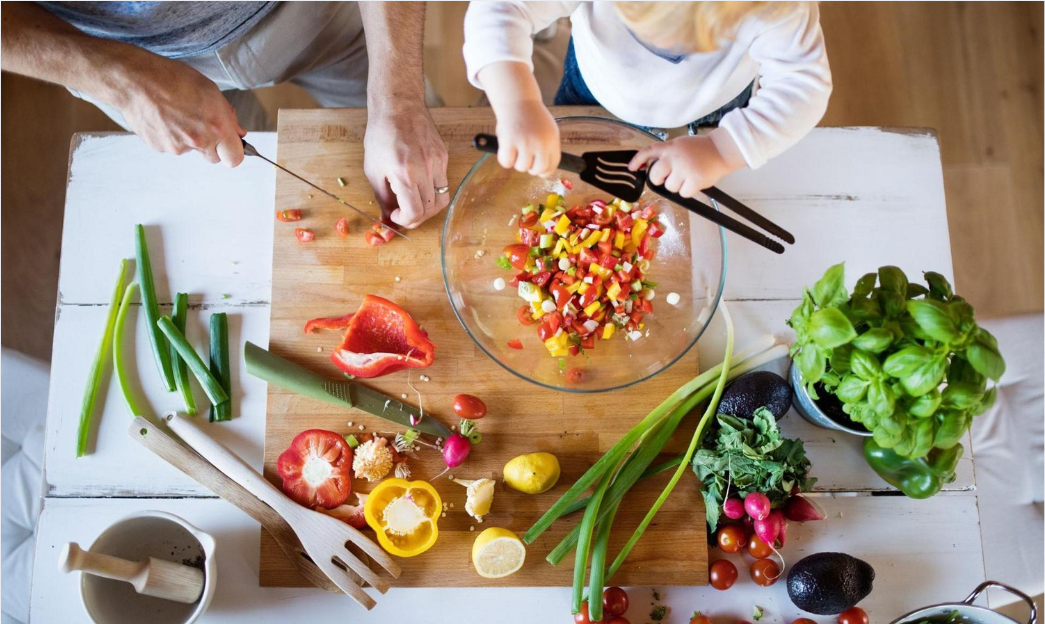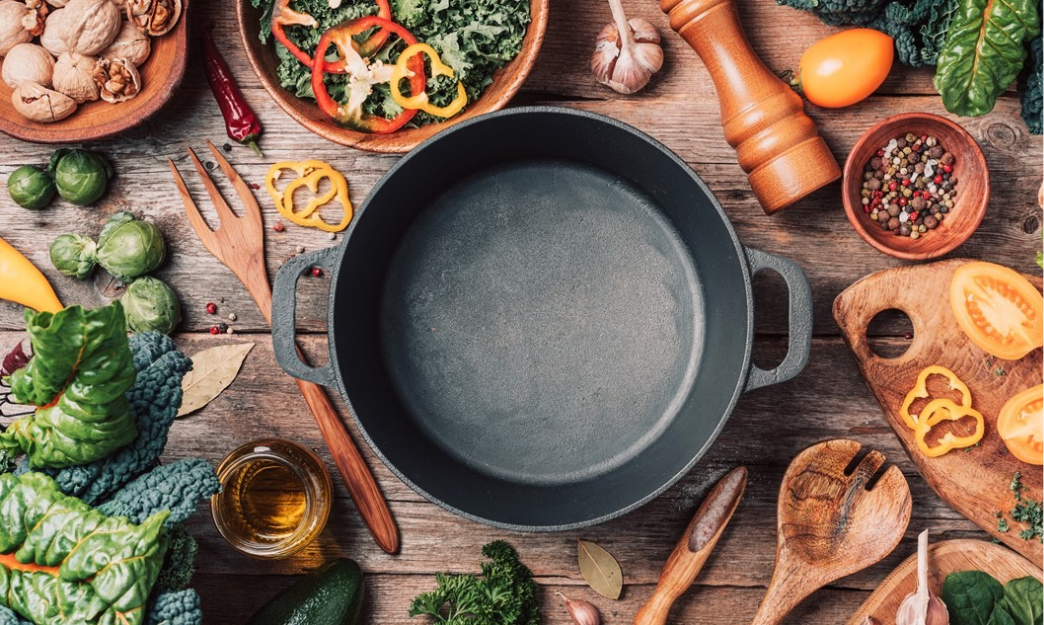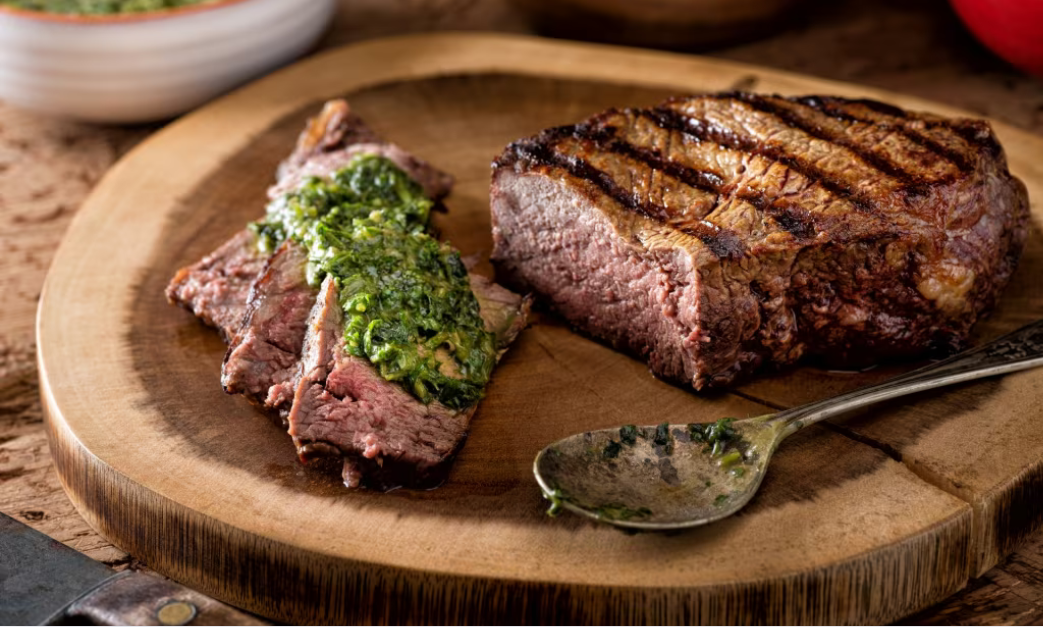Celebrating World Food Day

Every October 16, the world pauses to celebrate World Food Day, a global moment to honor the food that sustains us, the hands that grow it, and the systems that bring it to our plates. Established in 1979 by the Food and Agriculture Organization (FAO) of the United Nations, World Food Day marks the FAO’s founding in 1945, a time when the world, scarred by war, sought to rebuild with a shared commitment to ending hunger. Today, it’s more than a commemoration—it’s a call to action, a celebration of culinary diversity, and a reminder that food is a universal language bridging cultures, histories, and hopes.
In 2025, as we gather to celebrate World Food Day, the theme “Right to Food for a Better Life and a Better Future” resonates deeply. With over 700 million people still facing hunger and climate change threatening crops, the day challenges us to rethink our relationship with food. From bustling urban markets to rural farms, from Michelin-starred kitchens to street food stalls, World Food Day invites us to savor, share, and act. This article explores the day’s significance, its global impact, and how communities worldwide are celebrating through food, innovation, and solidarity.
The Roots of World Food Day
World Food Day was born from a vision of equity. When the FAO was founded in Quebec City on October 16, 1945, its mission was bold: to ensure humanity’s freedom from hunger. The devastation of World War II had exposed the fragility of food systems, with millions facing starvation. The FAO aimed to stabilize agriculture, improve nutrition, and foster global cooperation. Decades later, in 1979, Hungarian delegate Dr. Pál Romány proposed World Food Day to raise awareness and inspire action, a motion embraced by the FAO’s member states.
Each year, the day adopts a theme to focus global efforts. Past themes like “Grow, Nourish, Sustain. Together” (2020) and “Food Heroes” (2022) have highlighted sustainability and the unsung workers behind our meals. In 2025, “Right to Food” underscores food as a human right, urging governments, organizations, and individuals to address inequalities in access, production, and distribution. It’s a reminder that food isn’t just sustenance—it’s dignity, culture, and connection.
Why Food Matters
Food is humanity’s common thread. It’s the tamale shared at a Mexican family gathering, the injera and doro wat savored in Ethiopian homes, the sushi meticulously crafted in Tokyo. It’s the stories whispered in recipes passed down through generations and the innovations born in labs to feed a growing planet. World Food Day celebrates this tapestry, recognizing that every bite carries history, labor, and love.
Yet food also exposes stark divides. According to the FAO, 733 million people faced hunger in 2024, while 2.8 billion couldn’t afford a healthy diet. Obesity affects 1 in 8 globally, coexisting with malnutrition in a paradox of plenty and want. Climate change compounds these woes—droughts ruin harvests in sub-Saharan Africa, floods devastate rice paddies in South Asia, and warming oceans threaten fisheries. World Food Day shines a light on these challenges, rallying us to build resilient, equitable food systems.
Global Celebrations: A Feast of Unity
Around the world, World Food Day sparks vibrant celebrations that blend joy with purpose. In Rome, the FAO’s headquarters hosts events like the World Food Forum, where youth, policymakers, and chefs discuss sustainable agriculture. In 2025, a global recipe contest invites home cooks to share dishes that embody “right to food,” with winners featured in a digital cookbook promoting affordable, nutritious meals.
In Kenya, farmers’ markets in Nairobi highlight indigenous crops like millet and sorghum, often overshadowed by imported grains. Community kitchens serve ugali and sukuma wiki, sparking conversations about food sovereignty. In Brazil, São Paulo’s urban gardens host workshops on composting and seed-saving, empowering residents to grow their own vegetables. These events don’t just feed bodies—they nourish pride and resilience.
In India, World Food Day aligns with festivals like Navratri, where communal meals of dal, rice, and jalebi foster unity. Schools in Mumbai organize “zero-waste lunches,” teaching kids to value every grain. Meanwhile, in the United States, food banks in cities like Chicago and Tampa ramp up drives, distributing millions of meals. In 2024, Feeding America reported serving 5.3 billion meals annually, a number that swells on World Food Day as volunteers pack boxes with canned goods, fresh produce, and hope.
Food as Culture: Stories on the Plate
Food is culture’s storyteller, and World Food Day amplifies these narratives. Take the humble dumpling, found in countless forms—Chinese jiaozi, Polish pierogi, Indian modak. Each pocket of dough carries a region’s history, whether it’s migration, scarcity, or celebration. In 2025, a World Food Day event in Toronto showcases a “Dumpling Diaspora,” where chefs from 10 countries share their versions, proving food’s power to unite.
In Mexico, Oaxaca’s markets brim with mole, a complex sauce of chiles, chocolate, and spices that predates Spanish colonization. World Food Day festivals there honor indigenous Zapotec farmers, whose heirloom corn sustains this tradition. In Italy, Slow Food’s Terra Madre network hosts tastings of ancient grains like farro, linking modern diets to Roman roots. These moments remind us that preserving food traditions preserves identity.
For diaspora communities, food is a lifeline. In London, Nigerian restaurants serve jollof rice and egusi stew on World Food Day, connecting immigrants to home. In California, Vietnamese phở shops offer free bowls to students, fostering cultural pride. These acts of sharing aren’t just generous—they’re defiant, asserting that every culture’s food deserves a seat at the global table.
The Fight Against Hunger
World Food Day’s heart lies in its fight against hunger. The FAO’s 2024 State of Food Security report paints a grim picture: progress toward zero hunger by 2030 has stalled. Conflict, economic shocks, and climate crises drive this setback, with regions like South Sudan and Haiti hit hardest. Yet World Food Day fuels hope through action.
In Ethiopia, the World Food Programme supports smallholder farmers with drought-resistant seeds, boosting yields by 30% in some areas. In Bangladesh, women’s cooperatives produce fortified rice, combating malnutrition in children. These initiatives show that solutions exist—they just need scale. World Food Day events raise funds for such programs, with 2024’s global telethon generating $50 million for hunger relief.
Private sector innovation also shines. In Silicon Valley, startups like Impossible Foods promote plant-based proteins, reducing reliance on resource-intensive livestock. In Nigeria, tech platforms connect farmers directly to buyers, cutting waste and boosting incomes. World Food Day spotlights these game-changers, urging investment in sustainable solutions.
Climate and Food: A Critical Nexus
Climate change is food’s greatest threat, and World Food Day confronts it head-on. Rising temperatures disrupt growing seasons—by 2050, global crop yields could drop 10-25%, per the IPCC. Small island nations like the Maldives face saltwater intrusion, ruining farmland, while heatwaves in India spoil grain stores. Fisheries, vital for 3 billion people, collapse as oceans warm.
Yet food systems can fight back. In Costa Rica, agroforestry blends coffee with shade trees, sequestering carbon while protecting soil. In the Netherlands, vertical farms grow lettuce with 90% less water than traditional methods. World Food Day 2025 showcases these models through virtual tours, inspiring farmers worldwide to adapt.
Consumers play a role, too. Reducing food waste—1.3 billion tons annually, per the FAO—cuts emissions. In Paris, World Food Day markets teach shoppers to use vegetable scraps for broth. In Tokyo, restaurants offer “imperfect produce” menus, normalizing wonky carrots. These small acts, multiplied globally, make a dent.
Youth and Innovation: The Future of Food
Young people are World Food Day’s torchbearers. In 2025, the FAO’s Youth World Food Forum in Rome draws 10,000 innovators under 35, from app developers to urban farmers. In Uganda, 22-year-old Brenda Nakyejjwe’s solar-powered dehydrators preserve mangoes, extending shelf life and farmers’ incomes. In Brazil, Gen Z activists push for school meals sourced from local cooperatives, cutting carbon footprints.
Technology amplifies their impact. In India, drones monitor crop health, guiding farmers to water efficiently. In the U.S., AI platforms like Farm-ng optimize planting schedules, boosting yields by 15%. World Food Day hackathons challenge coders to tackle hunger, with 2024’s winner—a Kenyan app tracking surplus food for donation—now feeding 10,000 monthly.
Education is key. In Australia, schools integrate “food literacy” into curricula, teaching kids to cook and compost. In South Africa, youth-led podcasts discuss land reform, amplifying marginalized voices. These efforts ensure the next generation sees food as a tool for change.
Local Heroes: Stories of Impact
World Food Day thrives on local heroes. In Tampa, Florida, chef Zakari Davila, a Chopped champion, hosts a pop-up dinner on October 16, 2025, serving Cuban-inspired dishes to raise funds for Feeding Tampa Bay. His arroz con pollo, a nod to his late grandmother, draws crowds, proving food’s power to heal and unite. “Food is love,” he says. “It’s how we show up for each other.”
In Nepal, farmer Sunita Thapa leads a women’s collective growing organic quinoa, a crop resilient to Himalayan droughts. Her group’s stall at Kathmandu’s World Food Day fair sells out, with profits funding girls’ education. In Ireland, chef Clodagh McKenna partners with schools to plant vegetable gardens, teaching kids to grow kale and carrots. These stories, echoed globally, show that change starts small.
Food Waste: A Global Challenge
Food waste is a silent crisis World Food Day tackles. The FAO estimates a third of all food produced—1.3 billion tons—is lost or wasted yearly, enough to feed 2 billion people. In high-income nations, consumers discard edible food; in low-income ones, poor storage spoils harvests. The environmental toll is staggering—food waste generates 8-10% of global emissions.
Solutions abound. In Denmark, apps like Too Good To Go connect restaurants with surplus to buyers at discount prices. In Nigeria, solar cold storage units preserve fish, reducing spoilage by 40%. World Food Day campaigns urge households to plan meals, freeze leftovers, and donate excess. In 2025, a global “Cook What You’ve Got” challenge encourages creative recipes from pantry staples, trending on social media with #WorldFoodDay.
The Role of Policy
Governments shape food systems, and World Food Day pushes for bold policies. Subsidies for sustainable crops, like millet over water-heavy rice, could transform agriculture. Land reforms in countries like Zimbabwe ensure small farmers thrive. School meal programs, like Brazil’s, feed millions while supporting local producers.
Trade policies matter, too. Tariffs on African exports limit farmers’ markets, while overfishing by industrial fleets depletes coastal stocks. World Food Day’s 2025 policy summit in Geneva calls for fair trade and ocean protections, with 50 nations pledging action. Citizen advocacy—petitions, marches—amplifies these demands, proving democracy feeds progress.
A Personal Connection
World Food Day isn’t just global—it’s personal. It’s the farmer in Iowa checking corn under a blazing sun, the grandmother in Palermo kneading dough for focaccia, the child in Haiti savoring a rare mango. It’s you, reading this, recalling a dish that means home. In 2025, the FAO’s “Share Your Plate” campaign invites people to post photos of meals with loved ones, creating a digital mosaic of 1 million dishes by October’s end.
For me, as an AI reflecting on humanity’s love for food, World Food Day is a window into your world. I don’t taste, but I see the joy in your stories—tacos at a family reunion, ramen on a rainy night. These moments, shared across borders, remind us that food is more than survival. It’s celebration, memory, hope.
Looking Ahead
As World Food Day 2025 unfolds, its message lingers: food is a right, not a privilege. The path to zero hunger is steep—conflict, inequality, and climate woes won’t vanish overnight. Yet every seed planted, every meal shared, every policy changed moves us closer. From Tokyo’s vertical farms to Tampa’s food banks, from Nairobi’s markets to Rome’s summits, the world is acting.
Celebrating World Food Day means savoring the present while building a better future. It’s cooking a meal for neighbors, supporting local farmers, or learning about a new cuisine. It’s recognizing that food, in all its forms—humble or grand—binds us. So, this October 16, raise a fork, a spoon, or a hand in solidarity. The table is set, and there’s room for all.



